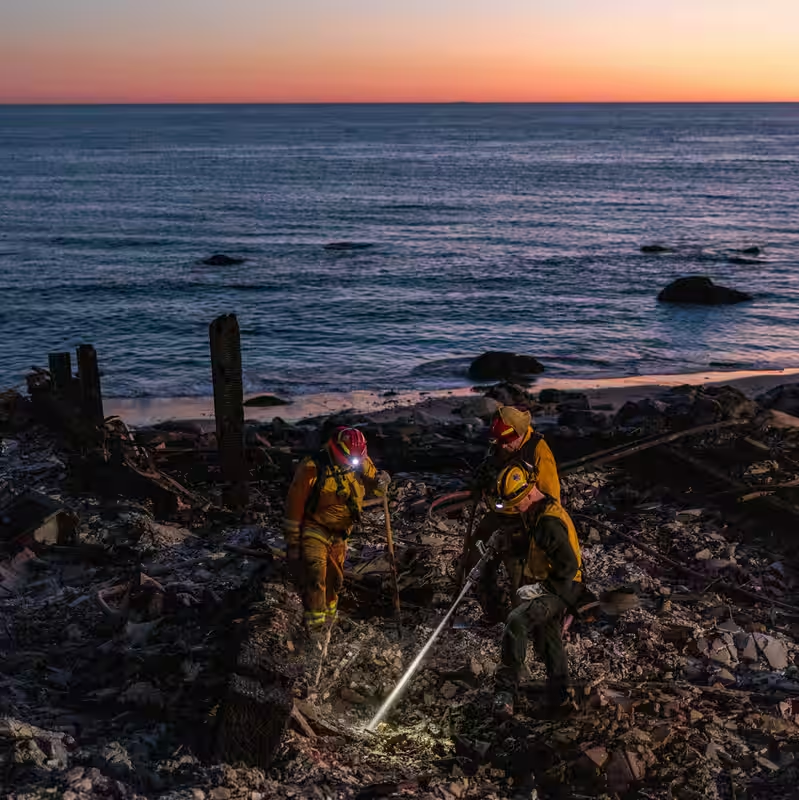Zombie Fires Are Haunting California—And They’re Getting Deadlier
They’re not from a horror movie—but they might as well be. Across California, “zombie fires” are reemerging from the ashes weeks or even months after being declared extinguished, catching communities off guard and reigniting fears about wildfire response protocols. These smoldering holdouts, buried deep in organic soil and root systems, are becoming a dangerous new norm in the era of climate-fueled megafires .
What Are Zombie Fires?
Zombie fires—also known as holdover or sleeper fires—are blazes that appear fully contained or extinguished but continue to burn underground, often undetected. Fueled by dry peat, duff, or root networks, they can lie dormant through rain or cooler weather, only to burst back to life when conditions turn hot and windy.
“It’s like the fire never really died,” says Cal Fire Battalion Chief Elena Ruiz. “It was just waiting.”
The Palisades Case: A Wake-Up Call
The recent Palisades Fire near Los Angeles became a textbook example. Declared 100% contained in late August 2025, it suddenly reignited in early October—sparked by a hidden ember pocket in a steep, forested canyon. The reborn blaze scorched an additional 1,200 acres and forced new evacuations in neighborhoods that thought they were safe .
Investigators now believe the original mop-up operations missed deep-seated heat sources due to rugged terrain and limited access—highlighting a growing gap in post-fire monitoring.
Why Zombie Fires Are on the Rise
Experts point to three key factors:
- Longer, drier fire seasons—leaving fuels bone-dry even weeks after initial containment.
- More intense wildfires that burn deeper into the soil, creating underground firebrands.
- Resource strain—fire crews are stretched thin, often pulled to new emergencies before full mop-up is complete.
Zombie Fires in California: A Growing Trend
| Year | Notable Zombie Fire Event | Acres Reburned |
|---|---|---|
| 2021 | Dixie Fire holdover near Greenville | ~800 |
| 2023 | Cedar Creek Fire resurgence in Oregon/California border | ~1,500 |
| 2025 | Palisades Fire re-ignition near Pacific Palisades | ~1,200 |
Rethinking Wildfire Containment
In response, agencies like Cal Fire and the U.S. Forest Service are piloting new protocols:
- Thermal drone surveillance for weeks after containment to detect hidden hotspots.
- Extended patrol periods in high-risk zones, even during rain.
- Community “fire watches” training locals to report smoke in previously burned areas.
“We used to say ‘contained’ meant safe,” says Dr. Marcus Lin, a fire ecologist at UC Berkeley. “Now we have to say ‘contained—but stay alert.’”
What Residents Can Do
If you live near a recently burned area:
- Watch for unusual smoke or odors, even months later.
- Keep your evacuation plan updated through at least the next rainy season.
- Report suspicious activity to local fire authorities—don’t assume it’s just steam.




